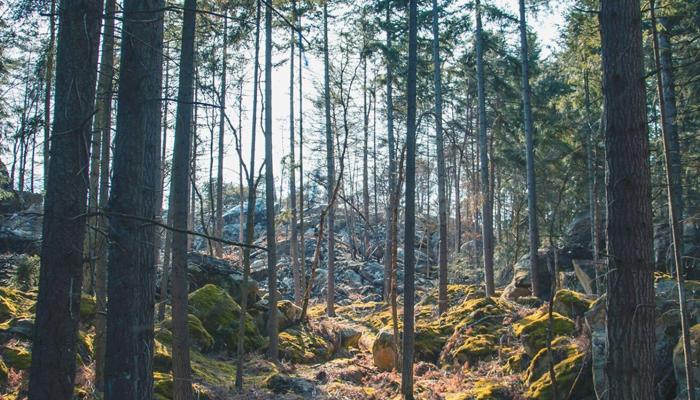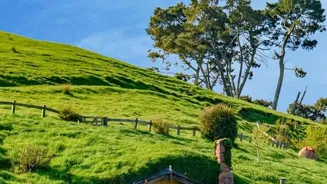Explore India’s top wildlife destinations! From tigers to elephants, uncover the beauty of nature in its raw form
India, a land of vibrant culture and diverse landscapes, also boasts an incredibly rich
biodiversity. For those who have a love for wildlife and nature, the country offers a plethora of national parks and sanctuaries.
Forget the usual tourist spots, and get ready to witness the real India – the one teeming with magnificent creatures in their natural habitats. Here's a curated list of ten must-visit natural parks that promise unforgettable experiences for all wildlife enthusiasts:
Jim Corbett National Park, Uttarakhand
Named after the renowned hunter and conservationist Jim Corbett, this is India's oldest national park. It's famous for its tigers, but you can also spot elephants, leopards, deer, and a wide variety of bird species.
The park offers jeep safaris and elephant rides for exploring the dense forests and grasslands. A stay in the forest rest houses adds to the thrill of the experience. The best time to visit is from November to June, when the weather is pleasant and the chances of spotting wildlife are higher.
Remember to book your safaris well in advance, as they are quite popular, especially during peak season. The park's rich history and diverse ecosystem make it a compelling destination for nature lovers.
Kaziranga National Park, Assam
This UNESCO World Heritage Site is globally renowned for its population of the one-horned rhinoceros. But Kaziranga boasts much more, including a high density of tigers, elephants, wild water buffalo, and swamp deer.
The park is a birdwatcher's paradise, with migratory birds flocking here during the winter months. Jeep safaris and elephant safaris are available for exploring the park's different zones. The tall elephant grass and the vast wetlands of Kaziranga provide a unique habitat for its diverse wildlife.
The best time to visit is from November to April, after the monsoon season, when the park is accessible and the wildlife is easily visible. Visiting Kaziranga gives you a rare opportunity to see these incredible creatures in preserved areas.
Bandhavgarh National Park, Madhya Pradesh
Known for having one of the highest densities of tigers in India, Bandhavgarh is a wildlife photographer's dream. The park is also home to leopards, deer, langurs, and numerous bird species.
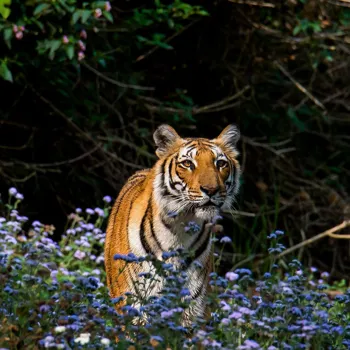
The landscape is characterized by rocky hills, dense forests, and grassy meadows, creating a stunning backdrop for wildlife sightings. Jeep safaris are the primary way to explore the park. Bandhavgarh is steeped in history, with ancient caves and the Bandhavgarh Fort adding to its mystique.
The park is usually open from October to June. The hot months of April and May are often the best for tiger sightings, as the animals come to waterholes to quench their thirst. Make sure to inquire about different safari routes as some zones are known for more frequent tiger sightings.
Ranthambore National Park, Rajasthan
This park offers a unique blend of wildlife and history. Set amidst the ruins of an ancient fort, Ranthambore provides a dramatic setting for spotting tigers, leopards, and other wildlife.
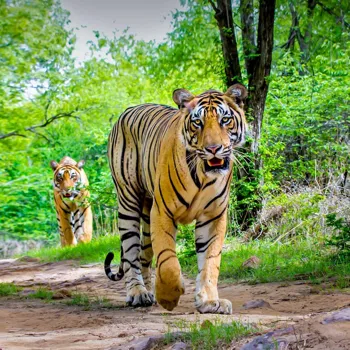
The park is situated in the Aravali and Vindhya ranges, with a landscape of rocky terrain, lakes, and grasslands. Jeep safaris are the popular option for exploring the park’s rugged terrain. The park is surprisingly accessible, particularly during the winter.
The best time to visit is from October to April, when the weather is pleasant. The combination of wildlife viewing and historical exploration makes Ranthambore a truly memorable experience. The ability to witness magnificent animals among age-old architecture adds richness to your visit.
Kanha National Park, Madhya Pradesh
Another jewel in Madhya Pradesh's wildlife crown, Kanha is renowned for its conservation efforts, particularly for the endangered Barasingha (swamp deer). The park is vast, with sal and bamboo forests, grasslands, and meandering streams.
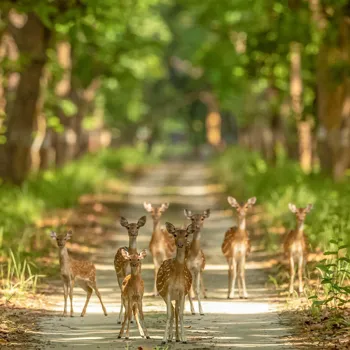
It’s also famed as the inspiration for Rudyard Kipling’s “The Jungle Book,” adding to its allure. Jeep safaris are the primary mode of transport, covering designated routes within the park.
Besides Barasingha, Kanha is also home to tigers, leopards, sloth bears, and a variety of deer and bird species. The best time to visit is from October to June, when the weather is favorable for wildlife sightings.
The park's well-managed ecosystem and conservation successes make it a model for other wildlife reserves in India.
Periyar National Park, Kerala
Located in the Western Ghats, Periyar National Park offers a different kind of wildlife experience. The park is centered around a large artificial lake, where you can take boat rides to spot elephants, deer, and other animals coming to the water's edge.
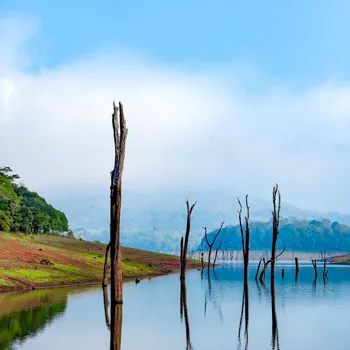
The surrounding hills are covered in lush evergreen forests, providing habitat for a diverse range of species, including tigers, leopards, and numerous bird species. Trekking and nature walks are popular activities, allowing you to immerse yourself in the park's natural beauty.
The best time to visit is from September to May, when the weather is pleasant. The combination of water-based activities, forest trekking, and the chance to spot wildlife makes Periyar a unique and diverse wildlife destination.
Gir National Park, Gujarat
This park is the last refuge of the Asiatic lion, a subspecies distinct from the African lion. Gir is a dry deciduous forest, providing a habitat for these majestic cats, along with leopards, deer, antelopes, and diverse birdlife.
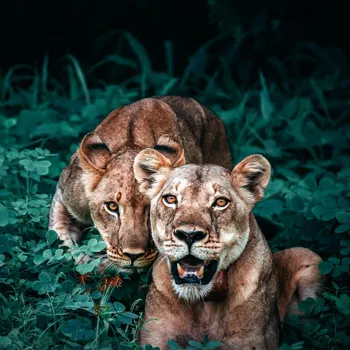
Jeep safaris are the way to explore the park and hope to catch a glimpse of the lions in their natural habitat. The park is a testament to successful conservation efforts, as the lion population has steadily increased over the years.
The best time to visit is from November to May, when the weather is comparatively cooler. The uniqueness of seeing Asiatic lions, found nowhere else in the world, sets Gir apart from other wildlife destinations.
Sundarbans National Park, West Bengal
A UNESCO World Heritage Site, the Sundarbans is the largest mangrove forest in the world. This unique ecosystem is home to the Royal Bengal tiger, adapted to living in the mangrove environment. The park is a network of waterways, making boat safaris the primary way to explore it.
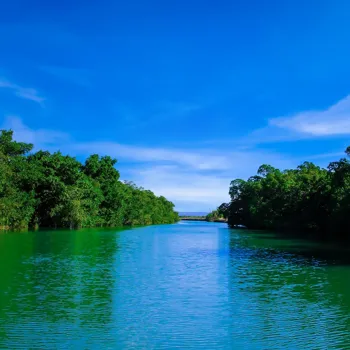
Besides tigers, you can spot crocodiles, dolphins, and a variety of birds. The Sundarbans is a fragile ecosystem, playing a vital role in protecting the coastline. The best time to visit is from November to March, when the weather is drier. This delta and mangrove ecosystem teems wildlife.
Great Himalayan National Park, Himachal Pradesh
Nestled amid the majestic Himalayas, this park is a biodiversity treasure trove which is also a UNESCO World Heritage Site. It's a trekker's paradise, with varying trails that delve into untouched alpine meadows and dense forests.
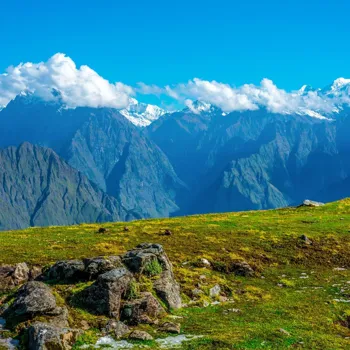
The higher altitudes here are home to the elusive snow leopard, as well as brown bears, Himalayan tahr, and various species of deer and birds. The park is a conservation haven, where the goal is to preserve the region's distinct flora and fauna.
The best time to visit is from April to June and September to November when the weather conditions support trekking. This is ideal for those who seek both adventure and wildlife sightings.
Pench National Park, Madhya Pradesh and Maharashtra
Straddling the border of Madhya Pradesh and Maharashtra, Pench is celebrated for its impressive tiger population. This park also has a strong connection with Rudyard Kipling's "The Jungle Book," adding to its fame!
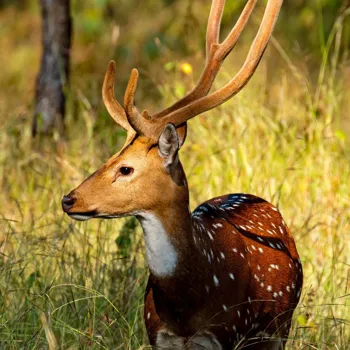
It showcases a diverse mix of terrain from dry deciduous forests to open grasslands, perfect for harboring several wild animals, including leopards, wild dogs, sambar deer, and an expansive variety of birds.
Primarily, jeep safaris allow visitors to weave in and out of this well managed protected habitat. The most popular time to visit is between October and June, with the hotter months providing enhanced chances to witness tigers near water sources.
The park shows a strong dedication towards preserving its natural and cultural legacy.
AI Generated Content. Glance/InMobi shall have no liability for the content